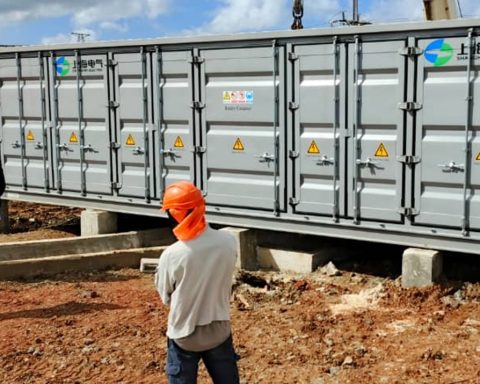The Environmental Assessment Commission of the Metropolitan region has approved the Environmental Impact Statement (EIS) for the data center project that Amazon seeks to build in Chile. This new data storage center will be managed by Amazon’s subsidiary Amazon in the country, Amazon Data Services Chile SpA, and its objective is to provide technological data storage and management services for local users.
He data center The Amazon data storage center will be located in the commune of Huechuraba, in the Metropolitan region. The main access to the center will be via the Américo Vespucio N° 1055 road, in the aforementioned commune. This project, called “Huechuraba Data Storage Center”, will have an investment of USD $205 million and will be located on a plot of land of approximately 10.9 hectares, with a constructed area of 21,350 square meters.
The project includes the construction of two buildings that will include data rooms (servers, network devices and cables), offices, electrical and mechanical rooms, and materials storage rooms. In addition, the campus will have a guardhouse, parking lots, a refueling area for emergency generators, an emergency generator yard, a mechanical yard, internal roads and green areas. These facilities will include: data center They are designed to ensure the security and efficient operation of the data center.
To ensure that the data center In order to remain operational even in the event of critical power outages, the project will include 23 emergency power generators, with their respective diesel fuel storage tanks. In addition, a water treatment room and a cooling system will be installed. In this room, a reverse osmosis and water chlorination process will be carried out, ensuring a constant and quality supply for the center’s operations.
The project of Amazon estimates that the data center will use 788 cubic meters of water per year in its first year of operation, increasing to 5,775 cubic meters per year by year 15 of operation. This water use is crucial for the data center’s cooling systems and other operational processes. Efficient planning and management of this resource will be essential to the project’s long-term sustainability.


















